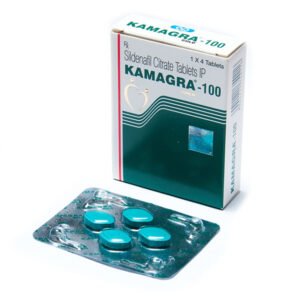Description
Halotestin’s very first details were published and released in 1956 as Fluoxymesterone when shortly afterwards the compound was studied and assessed in laboratories to have been found to possess almost 20 times the anabolic strength of Methyltestosterone. However, it has been found that its anabolic strength in humans is not as strong as the numbers theoretically indicate, where it was found that in humans, Halo was found to be up to 5 times the anabolic and androgenic strength of Methyltestosterone (note that Methyltestosterone is used as the reference base here and not Testosterone itself, and it must be understood that Methyltestosterone is slightly stronger than Testosterone itself).
After its release of information and details, it was marketed by Upjohn in the American prescription drug market under the trade name Halobol, and shortly following afterwards, Ciba then created and released their own Halobol product under the name Ultandren. Halobol under the prescription descriptions was referred to as a halogenated analogue of Methyltestosterone. Halogenation refers to a specific chemical modification/process in organic chemistry that will be explained shortly.
The very first medical prescription guidelines and treatment for medical indications were for the maintenance and gaining of lean mass and tissue repair following various conditions of trauma (burns, bone fractures, malnutrition, muscle-wasting diseases, treatment of paraplegics, and as an adjunct to chronic administration of corticosteroids). Halotestin was medically utilized in both male and female sexes, where in males its use was indicated for the treatment of insufficient androgen production (hypogonadism or andropause). In females, Halo would be approved for use in treating chronic dysfunctional uterine bleeding as well as female breast cancer.
As was common with all anabolic steroids, Halotestin’s list of approved treatments for various medical conditions in the mid-1970s and 1980s were limited and restricted by the FDA due to the increasing control granted to the FDA over the prescription drug markets. Halobol’s approved list of treatments was then dwindled down for use in the following: treatment for androgen deficiency in men, breast cancer treatment in females, and to a lesser extent, for the treatment for osteoporosis in post-menopausal women. Furthermore, the lists of approved medical uses for Halobol today have been further reduced, leaving only the treatment of male androgen deficiency and female breast cancer treatment.
The issue with Halo is that of its high degree of hepatotoxicity, and through this, its high potential for altering cholesterol profiles negatively. It is for these reasons that physicians and medical professionals have elected to avoid the use of Halobol for any treatment except for that of male androgen deficiency. Even Halobol’s use for andropause or hypogonadism has become limited in the face of simple TRT (Testosterone Replacement Therapy), whereby simple Testosterone administration is not liver toxic in comparison to Halobol. Halobol today still remains available on the prescription market in the United States, still sold by the original manufacturer (Upjohn), but now under the new company name Pharmacia and only in very small and very limited quantities.
As previously touched upon, Halobol is a Testosterone derivative whereby it has undergone several modifications. Halo possesses an added methyl group on the 17thcarbon (known as carbon 17-alpha). It is also halogenated at carbon 9-alpha. Halogenation refers to the reaction of an organic compound (in this case, Testosterone) with a halogen, usually resulting in said halogen becoming bound to the compound. A halogen refers to a specific category of 5 related elements on the periodic table (Fluorine, Chlorine, Bromine, Iodine, and Astatine). In Halobol’s case, this is essentially Testosterone that has been halogenated with Fluorine (as a fluoro group) whereby the Fluorine atom has been bound to carbon 9-alpha.






Reviews
There are no reviews yet.